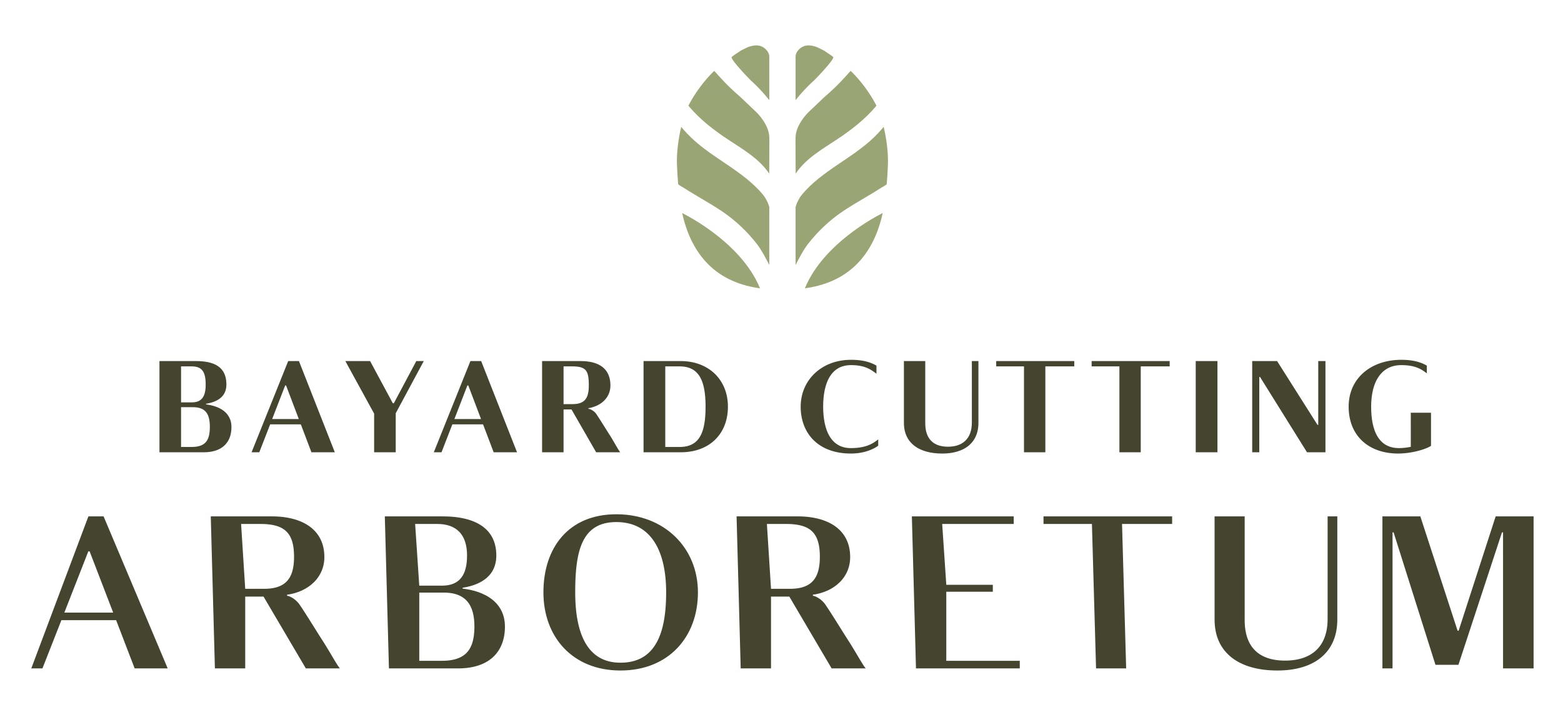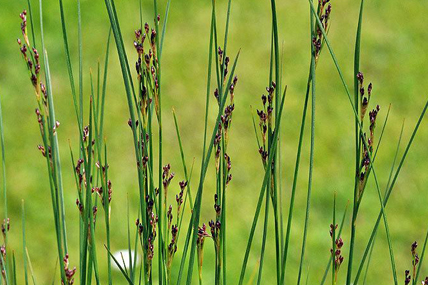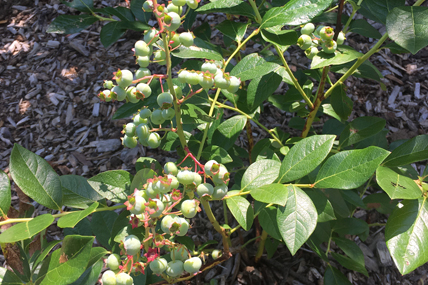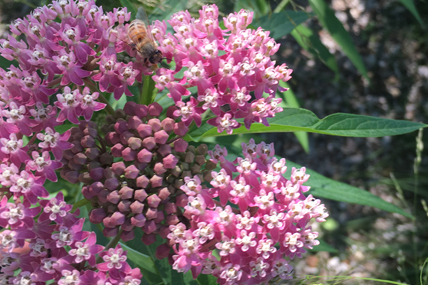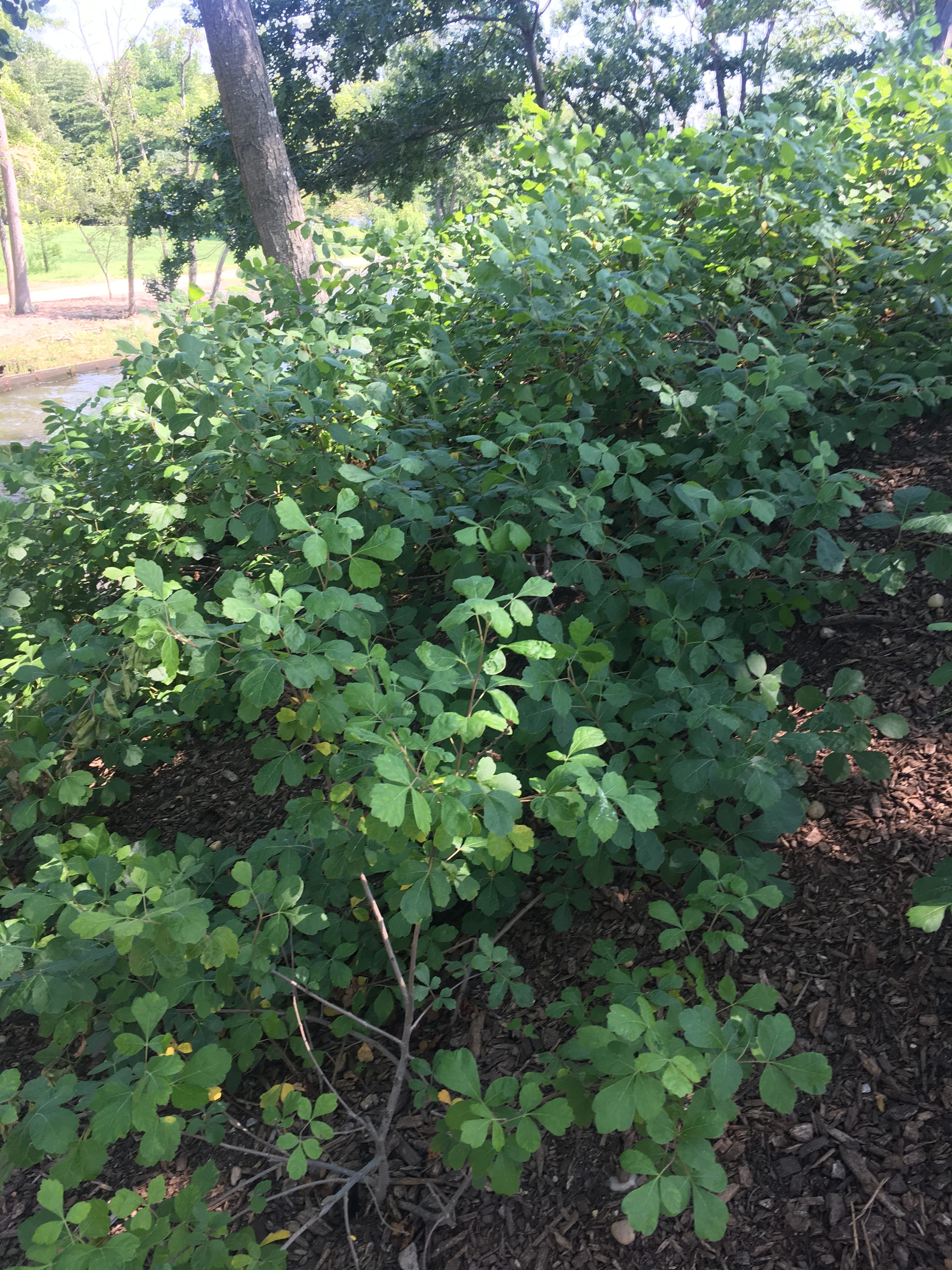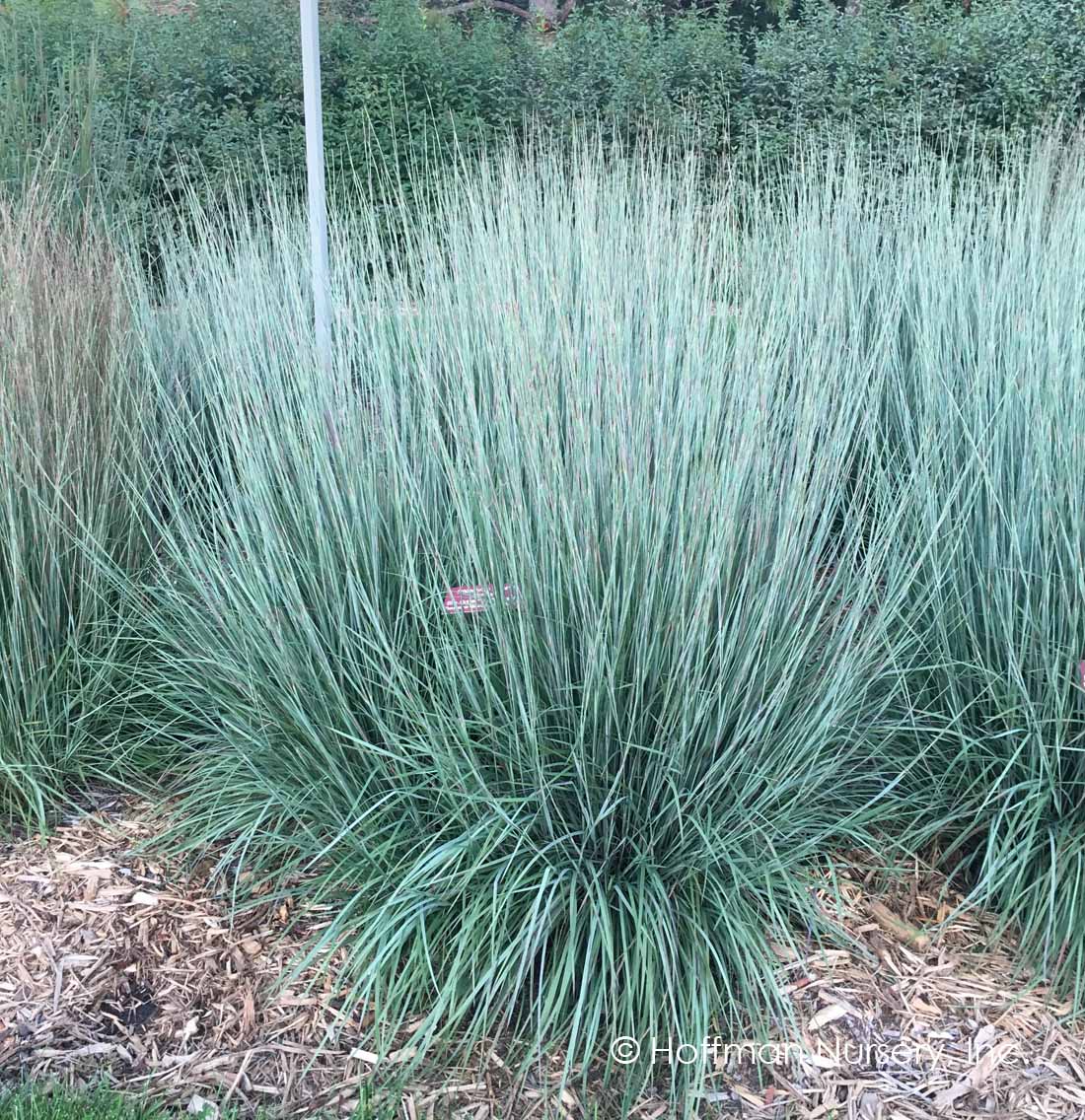COMMON RUSH
Juncus gerardii
 COLLECTION
COLLECTION
Breezy Island
FAMILY
Juncaceae
PLANT TYPE
Perennial Grass
ZONE
N/A
CULTURE
Native to the Atlantic coastlines this perennial grass grows mostly in coastal saline soils and wetlands but has slowly migrated inland.
NOTEWORTHY CHARACTERISTICS
Green stems with purplish-brown flowers.
PROBLEMS
Eaten by rabbits and occasionally birds but otherwise no serious pests or diseases.
GARDEN USES
Used in naturalized areas and can be helpful with erosion.
BREEZY ISLAND COLLECTION
